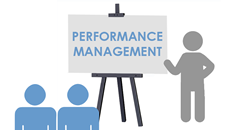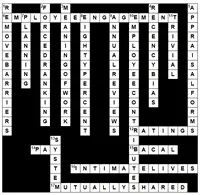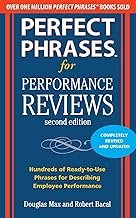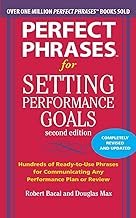Overview of Management By Objectives As A Management Tool
You may have come across the term management by objectives (MBO). MBO refers to a process for managing performance, which includes the performance review as only one part.
This may sound familiar since, in Chapter 2, we explained the relationship between a performance review and performance management.
MBO is a bit different from performance management. The
MBO system focuses on whether employees have “hit the target,”
where the target is outlined in objectives and performance
standards—descriptions of
desired job performance.
Performance management,
as we described it in
Chapter 2, does not require
objectives and standards.
Sometimes those
objectives are also called
performance standards. So
we don’t confuse you,
we’re going to talk about standards-based performance reviews,
rather than the bigger MBO system.
On the surface, standards-based performance reviews are simple. At some point the employee and the manager set standards of performance to describe what the employee should accomplish and how well the employee should perform. At the performance review meeting, the discussion centers on whether the employee has hit those goals. In the simplest form of standards-based performance reviews, the standards are set at the beginning of a year and the review meeting is held a year later. Of course the effectiveness of this approach relies on the communication, diagnosis and problem solving that goes on year-round.
What does a standard look like?
Extensive guidelines exist to help managers and employees write standards so they work well, but here are a few basics. Standards need to be measurable and measurement should be as objective as possible. The standards written for any particular employee should cover the major job tasks—the most important things an employee must achieve—and they should focus on the results the employee is supposed to create.
Here are a few examples that might apply to a customer service representative:
• Replies to all customer inquiries within one working day
• Receives a customer rating of at least four on a five-point
scale
• Has no more than 5% of customers call back for clarification
Notice how specific these standards are. Each of these can be measured objectively and even precisely.
For comparison, here are some poorly written standards, again applicable to a customer service representative:
• Is polite to all customers
• Receives few customer complaints
• Solves problems quickly
These are not measurable because they are far too vague and are not based on clear criteria. The differences between the first set and the second set may seem unimportant, but when you get to the performance review discussion, you’ll find that standards expressed like those in the second set are real firestarters.
The more vague the standards, the more likely the employee and the manager won’t be able to come to agreement on whether the employee has achieved the standards.
In a standards-based system, the review meeting focuses on manager and employee coming to that kind of agreement.
However, again, we emphasize that the power and effectiveness of a standardsbased approach lies with the discussions that occur about why standards were achieved and why they were not and from planning to remove barriers that occurred so they will not impede performance in the future.




